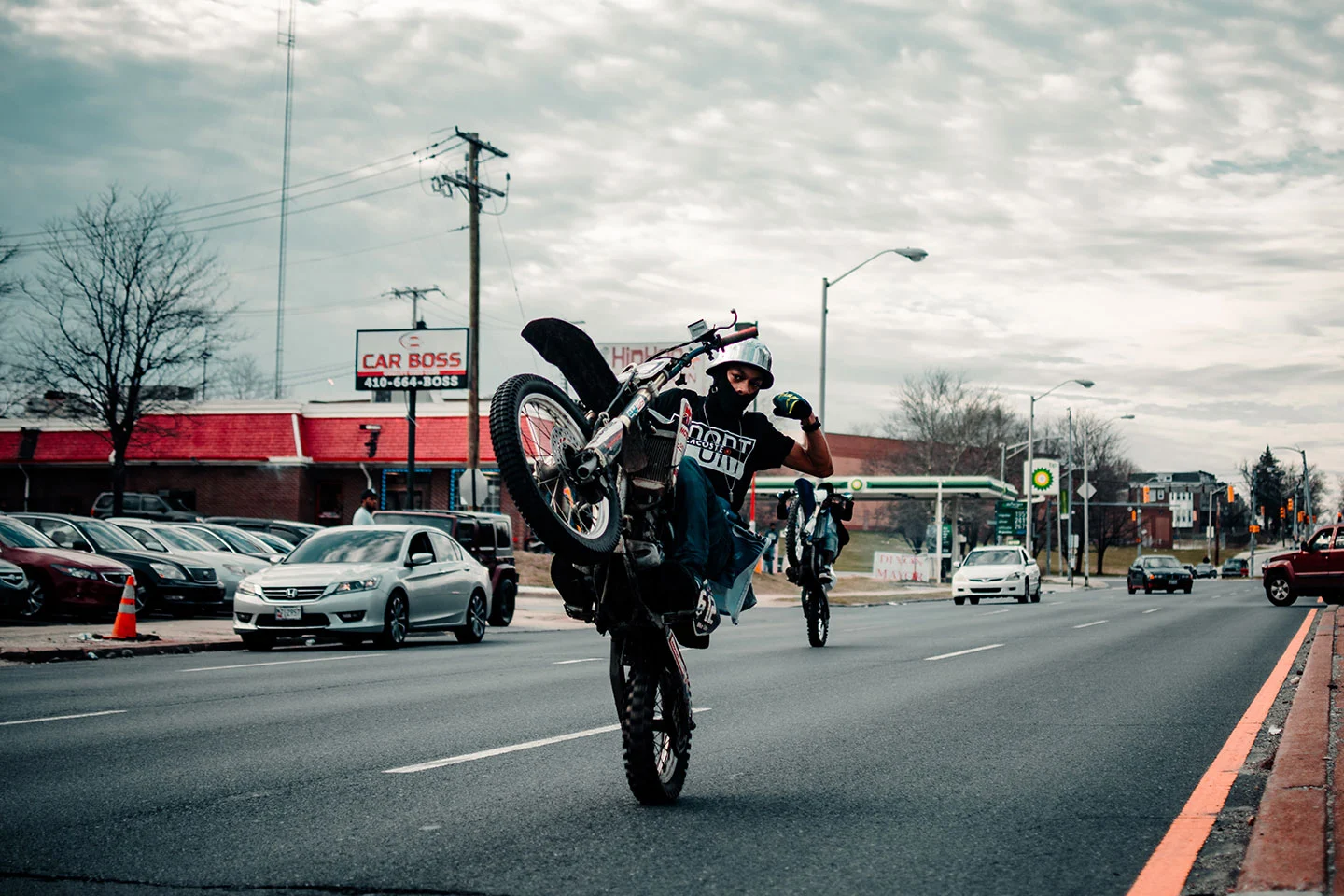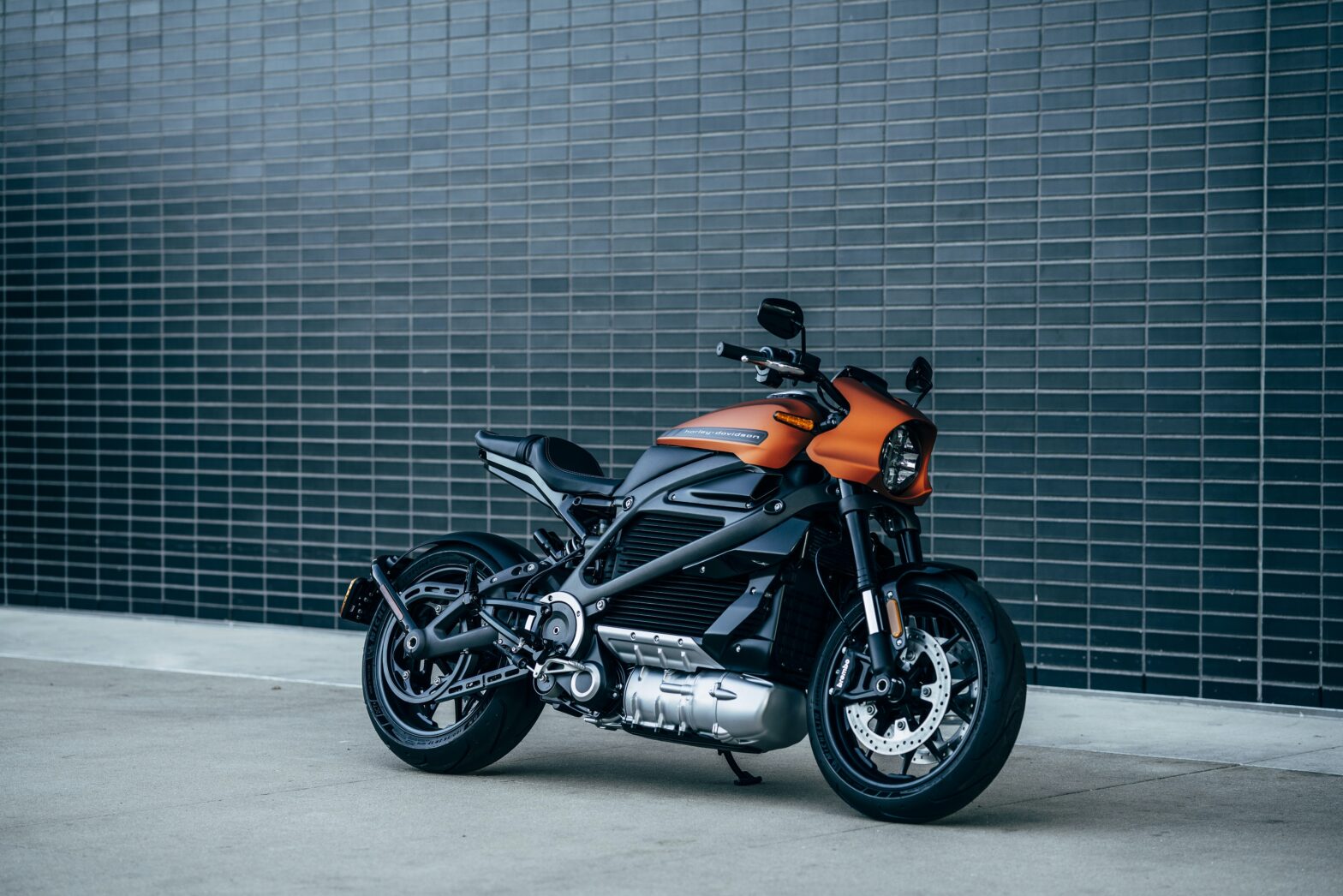Therefore, we will tell you about the most significant and important of them.
How it all began
BMW, created at the beginning of the 20th century, at first was engaged exclusively in aircraft engines and, perhaps, would have continued to build them if not for the defeat of Germany in the First World War, due to which, starting in 1919, the Germans were forbidden to make aircraft and details for them.
BMW would have gone under if it hadn’t oriented itself in time and switched to the production of motorcycles. The design genius of Max Fritz and the company’s achievements in the field of aircraft engineering, for example, the use of light alloy metals in the production of motors, helped the company in this.
Fritz creatively approached already known developments and arranged them in a new way. This is how the first BMW R 32 was born, where:
- A boxer motor was used, which was located across the axis of the bike. Thus, Fritz achieved better cooling of the cylinders compared to longitudinal motors.
- The gearbox was connected to the engine. In this way, a better transmission of torque was achieved, and oil losses during driving were reduced.
- Instead of a chain, a cardan was used in the design.
- Reliability was perfectly combined with simplicity, as in the famous Kalashnikov assault rifle.
- The engine was located very low, so the center of gravity was also shifted down. Because of this, bikers did not have problems with driving a motorcycle.

The ideas of Fritz, embodied in the BMW R 32, have taken root among motorcycle manufacturers so much that the technical solutions used in the R 32 are still used in most bike models with a boxer engine.
Between the two world wars
The 20s and 30s of the 20th century was a time of endless records, when aircraft, car and motorcycle manufacturers constantly competed, whose products were the best. Then it was believed that there was no more reliable way to demonstrate the quality of your products and show superiority over competitors than to set a new record. The BMW company also did not bypass the trend of the era.
For example, in 1929, on the R 37 bike, a speed of 216 km / h was reached, and after 8 years, in 1937, riders were able to accelerate to 279.5 km / h on a BMW motorcycle with a compressor engine.

In terms of technical innovations, BMW also does not lag behind competitors. First, the engineers assembled the R 37 (first released in 1925) with hanging valves hidden in the light-alloy cylinder head, and 10 years later, in 1935, they made a revolution in the suspension of serial bikes: on the R 12, the front wheel spring fork disappears into oblivion and is replaced by a telescopic fork equipped with a hydraulic shock absorber.

After World War II: Crisis
It seemed that this is where BMW came to an end. No equipment, no drawings of motorcycles: everything remained in the Soviet zone of occupation. For three long years, from 1945 to 1948, BMW teetered on the edge.
But the company did not give up: it rented machines, the engineers re-made the drawings. And the R 24 motorcycle was born, which was later called the “revival model”. It was weak, only 12 “horses”, since the occupiers did not allow to produce more powerful models.

The economic revival of Germany allowed BMW to sell about 50,000 R 24s, purchase equipment to expand production and begin developing new modern models.
One of these top bikes was the R 68, released in 1951. It was a sports model that could reach 160 km/h. BMW used the R 68 to compete in the 100-mile race.

In general, in the 50s and the first half of the 60s, BMW concentrated on sports models and motorcycle racing, rightly believing that countless victories would help strengthen the brand’s authority. And unfoundedly believing.
Crisis passed
By the end of the 70s, BMW began to think about new markets, as a result of which it created the first enduro motorcycle for travelers (model R 80 G / S), where it once again applied a technical innovation – single-lever suspension with a swingarm.

Other innovations BMW came up with during this period:
In 1983, electronic fuel injection was used on the K 100 bike engine.

In 1988, BMW equips its motorcycles for the first time in the world with an anti-lock braking system and puts a digital motor control system on the K 1 bike.

BMW in our days
Today, BMW is more focused on the production of sports models, because it wants the company’s customers to be young guys who love drive and speed. At the same time, the company keeps current trends in mind and takes care of the environmental friendliness of its bikes (puts exhaust gas converters on them), as well as the safety of bikers, equipping the C 1 model and subsequent models with seat belts.

If BMW represents technical innovation in the world of bikes, then the CryptoMoto app for motorcyclists is a social and financial innovation in the biker community. In CryptoMoto it is possible not only to chat with like-minded people, meet love or find a good motorcycle service, but also earn points for performing the simplest actions, in order to later exchange them for raw cash or to pay for the features of CryptoMoto.
Do you want to enter the largest motorcycle community in the world, chat and earn money? Then click on the “Join” button in the upper right corner of the screen, enter your e-mail, click on “Sign up” and follow the further instructions.











